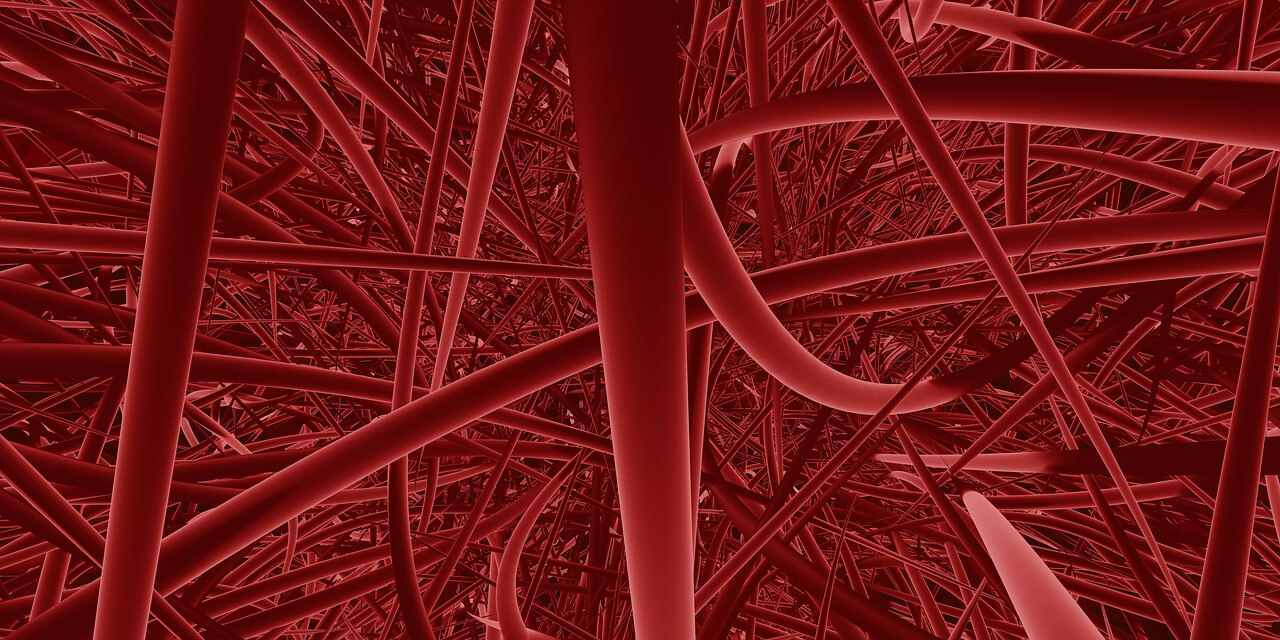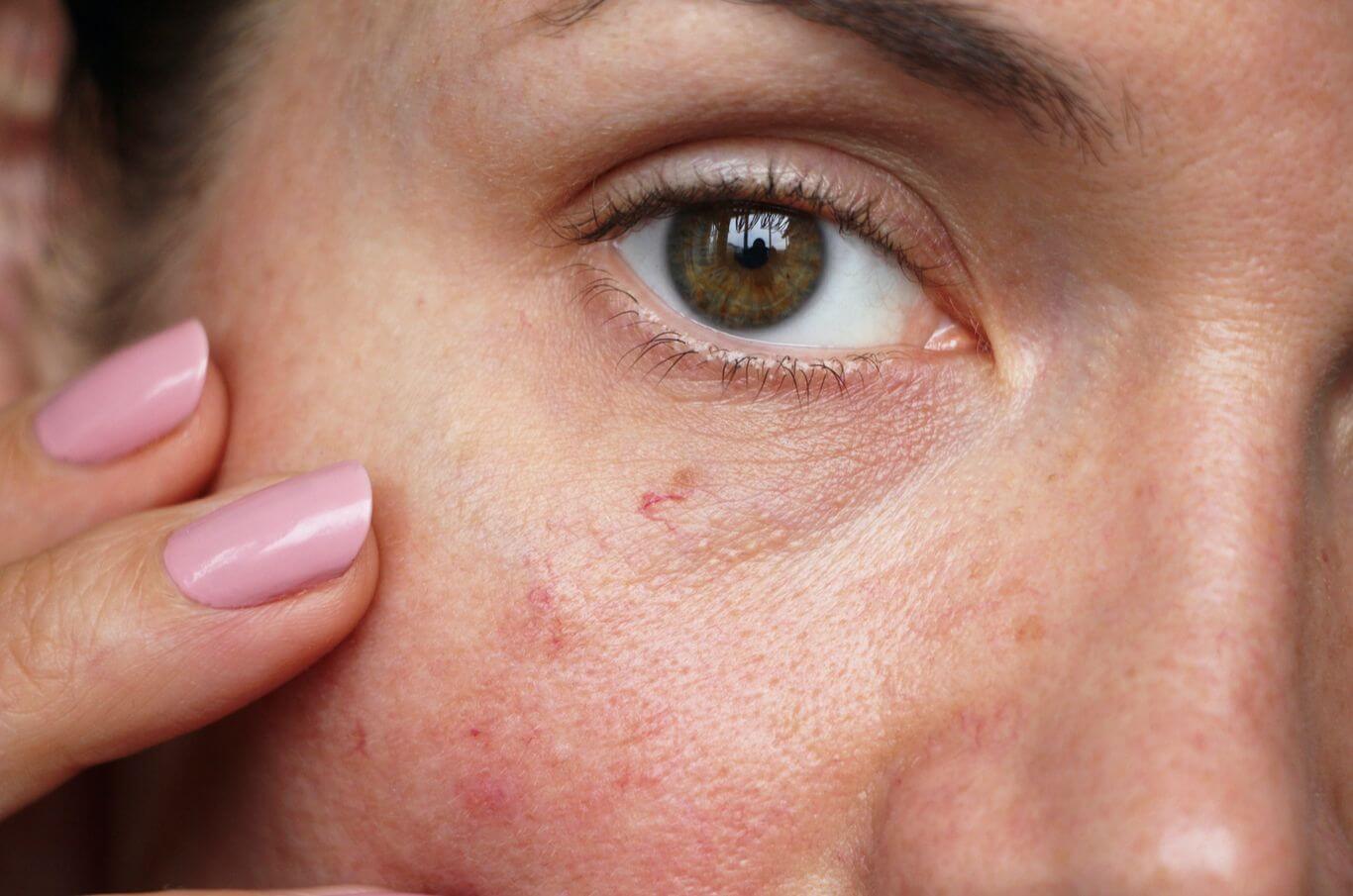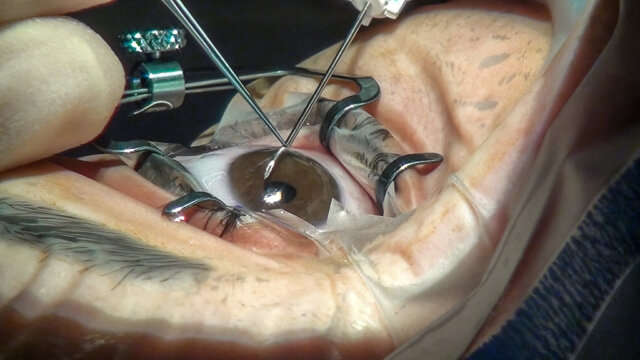FTC disclaimer: This post may contains affiliate links and we will be compensated if you click on a link and make a purchase.
We will likely experience a broken blood vessel quite often over the course of a lifetime.
Almost always, smaller vessels are involved, and the symptoms we experience are, for the most part bleeding from cuts or bruises, indicating a broken blood vessel lies under the skin.
However, the effects can be more serious, much more serious, when a major blood vessel is damaged. As a result, there is a significant loss of blood from internal bleeding, a condition that may go unnoticed at first.
Broken blood vessel Explained.

Before getting too far into cause and effect, it would be worthwhile to look at our cardiovascular system.
The cardiovascular system guides blood circulation throughout the body and consists of the heart, arteries, veins, and capillaries.
A broken blood vessel can, under certain circumstances, mean there is a problem with one or more of these cardiovascular components.
Function of arteries
It is the arteries that pump blood away from the heart. These vessels branch out into progressively smaller blood vessels, the arterioles.
The arteries and arterioles carry nutrients to the bodily tissues. Here, the nutrient and absorbing functions of the blood are carried out throughout a system of capillaries.
Function of capillaries
In the capillaries, substances such as oxygen, carbon dioxide, nutrients, and wastes are exchanged between the blood and cellular fluids. The capillaries are microscopic channels having very thin walls through which substances can be exchanged between the bloodstream and the tissues.
From the capillaries, blood is collected into blood vessels called venules. It then travels through a series of progressively larger diameter veins back to the heart.
Arteries and Veins
The arteries and veins are very elastic vessels and generally very strong. It is easy to see that a broken blood vessel is a major artery or vein, not to mention the heart itself; the situation can become very serious indeed.
Note that veins and arteries channel the blood only and are not actively involved in the process of circulation. Circulation is the result of the pumping action of the heart.
However, the efficiency at which blood circulates is enhanced somewhat by valves’ actions within the veins system. These valves keep the blood from flowing “backward.”
Broken Blood Vessel Causes and Symptoms
A broken blood vessel can result from a disease, which has caused the blood vessel walls to weaken, then rupture, or result from a trauma where a blow or sharp object causes the vessel to break.
Breakage also can be caused by certain medications or specific dosages of medications.
Age is sometimes a factor, as the skin becomes less flexible and bruising from bumps or falls happens more frequently.
Symptoms of External Blood Vessel Rupture
Symptoms most often appear in the form of a bruise but can also be present in a blood spot and even as a rash in certain instances.
Most instances are minor, and the blood vessel repairs itself within 2 to 3 weeks. The ones we notice are cosmetic, appearing just under the translucent layer of the skin. This might be expected since it is the skin where most bumps and bruises happen.
Symptoms of Internal Blood Vessel Rupture
A broken blood vessel can also occur internally. This happens less frequently, and of course goes unnoticed, unless there is a significant loss of blood involved.
When such a blood loss occurs within the eyeball, the appearance is somewhat frightening, but the condition is usually not serious and repairs itself over time.
A broken vessel in the brain area is usually quite a different matter, resulting in many problems and can be very serious and even fatal.
Other causes of Burst Blood Vessel
Some individuals seem to bruise much more easily than others. This may be due to age, but very often results from one or another medication a person may be taking.
Cortisone, for example, when applied topically to a particular area, such as the hands, to treat a skin condition, can sometimes make that area more susceptible to bruising.
A small percentage of people taking Singular or Prednisone have reported an increase in the number of broken blood vessels they have experienced.
Symptoms sometimes manifest themselves as a type of skin rash, called a vasculitic rash. A change in medication is often the answer if the symptoms become too pronounced.
Risk Factors and Effect of Broken Blood Vessel
One thing to be aware of is that broken blood vessels can sign high blood pressure for some people.
It is the warning sign of a possibility of worse things to come if the blood pressure situation is not treated or brought under control.
Among the more serious aspects of a broken blood vessel is the formation of a blood clot. If the clot travels to the brain, the brain can be deprived of oxygen.
When this occurs, the brain begins to shut down other body organs as a protective mechanism. And, if not treated quickly, it can result in a stroke and even death.
Suppose a clot travels to the lung, a condition known as a pulmonary embolism. In this case, the lung may actually drown as the blood’s circulation pattern is upset. This can often prove fatal.
A broken vessel can also make the effects of high blood pressure worse, and in some cases, result in the rupturing of other blood vessels.
Therefore, while the breakage of a small blood vessel is normally a minor and not a serious situation, a high frequency of such occurrences could be a cause for alarm or at least a good reason to visit a physician.
Broken Blood Vessels Due To An Aneurysm
The word aneurysm is one of the scariest medical terms we encounter.
Most people immediately think of “cerebral hemorrhage” when they hear the word aneurysm, and there is indeed a connection.
An aneurysm results from a weak spot in a blood vessel, where the blood vessel wall is thinner than in most other places.
This condition is most typically congenital; in other words, a condition the person is born with, although injuries, infections, and hardening of the arteries can also cause an aneurysm.
When pressure causes the weak spot in the blood vessel wall to bulge outward and fills with blood, an aneurysm is said to have occurred.
An aneurysm is in itself not dangerous unless it ruptures. A person can have an aneurysm over his or her entire life without realizing it or showing any symptoms.
If an aneurysm is discovered, it can be removed surgically but, depending upon its location. Moreover, the surgery may be riskier than leaving the bulging blood vessel alone.
When aneurysms do rupture, causing a broken blood vessel, the hemorrhaging can cause death fairly quickly, and immediate medical help is needed.
The Cerebral Hemorrhage
In the case of a ruptured aneurysm in the brain, called a cerebral hemorrhage, the results, if not treated immediately, can vary from brain damage to death.
In this case, treatment requires surgery and the tying off of the ruptured vessel. Generally, it is a very tricky procedure, and another aneurysm occurring later in the same general area is always a possibility.
The survival rate from a cerebral hemorrhage varies from 75 to 85 percent. But, a high percentage of the survivors may die later from complications or suffer brain damage.
The bottom line
Still, as far as broken blood vessels are concerned, the odds are greatly on your side.
As explained earlier, a vast amount of problems occur in smaller vessels, usually near the skin. They generally heal quickly, on their own, and are not normally a concern except for short-term cosmetic reasons.
Internal bleeding is, of course, potentially more dangerous but occurs on a much less frequent basis.
As far as the dreaded aneurysm is concerned, not everyone has them. And those who do have a 99% chance of nothing happening, in other words, of no rupture, occurring.
The chance of a rupture occurring in the brain is even less. But, if you suffer an inordinate amount of broken blood vessels, it would be a good idea to consult with a physician.








